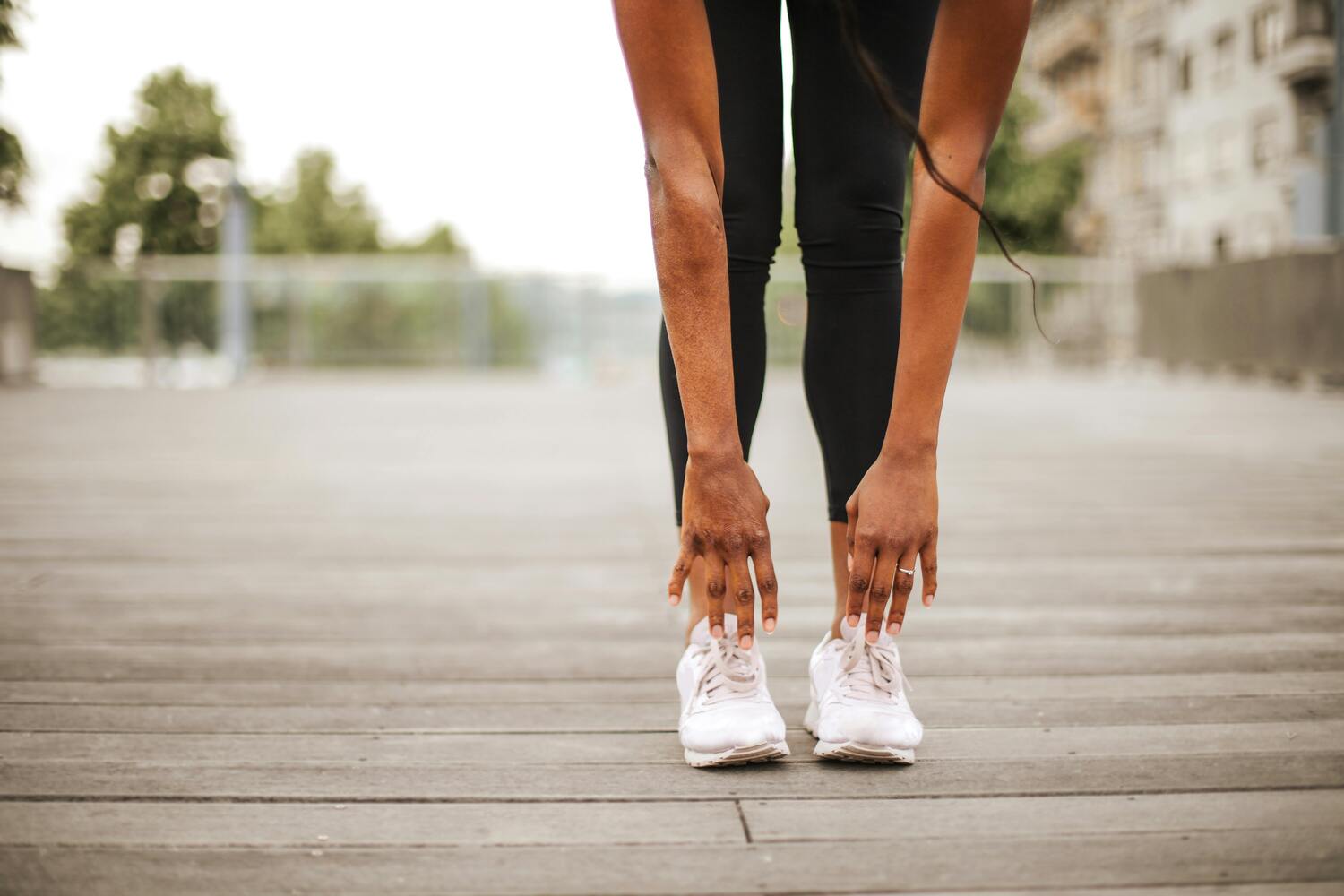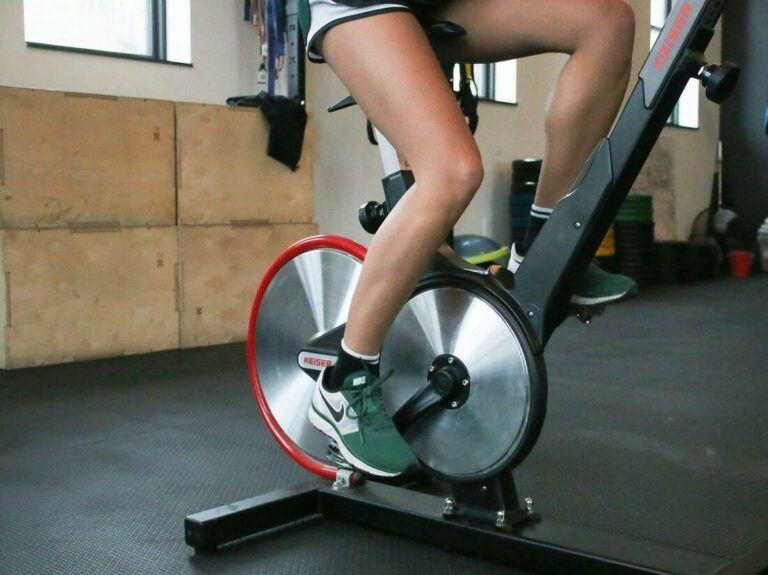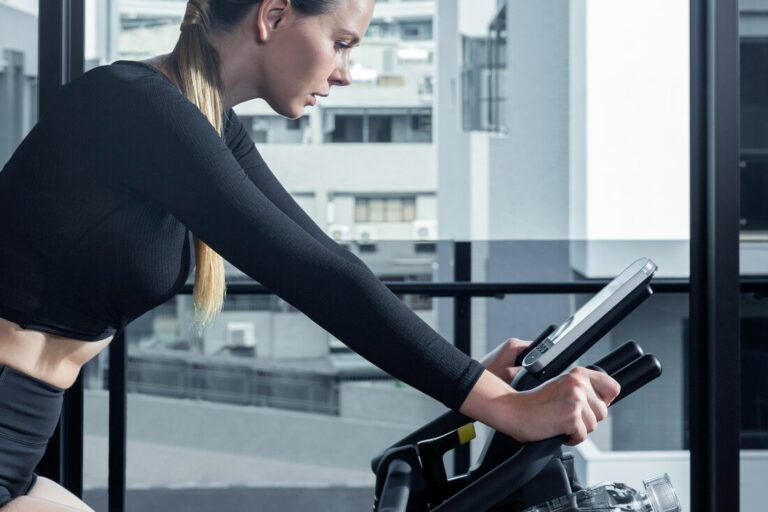Warming up before cardio is a fundamental principle, often treated as a checkbox activity.
But beneath the surface lies a fascinating interplay between physiology and performance.

We will delve deeper, exploring the science behind the warm-up, its impact on your body, and how to craft a personalized routine to optimize your workouts.
Why We Warm Up: Unveiling the Physiological Benefits
A well-designed warm-up isn’t just about getting your blood pumping.
It’s a multi-faceted preparation that primes your body for peak performance and minimizes injury risk.
Here’s a breakdown of the key physiological benefits:
- Enhanced Blood Flow and Oxygen Delivery: As your body temperature rises during the warm-up, your blood vessels dilate, allowing for increased blood flow. This delivers more oxygen-rich blood to your muscles, enhancing their function and preparing them for exertion.
- Improved Muscle Temperature and Flexibility: Warmed-up muscles are more pliable, leading to a wider range of motion and reduced stiffness. This translates to smoother movement, better form, and a decreased risk of muscle strains and tears.
- Gradual Cardiovascular Stress: A gentle increase in heart rate during the warm-up prepares your cardiovascular system for the demands of your cardio session. This gradual transition reduces stress on your heart and improves its efficiency throughout your workout.
- Sharpened Neural Activation: The warm-up improves communication between your nervous system and muscles, leading to better coordination, faster reaction times, and more efficient movement patterns.

Beyond the Basics: Unveiling Lesser-Known Advantages
While the core benefits of warming up are well-established, recent research suggests additional advantages:
- Improved Cognitive Function: Studies indicate that a warm-up can enhance focus, alertness, and reaction times, leading to a more mentally engaged workout.
- Reduced Muscle Soreness: A proper warm-up can increase blood flow and reduce muscle damage during exercise, leading to less post-workout soreness.
- Enhanced Performance: A well-designed warm-up can prepare your body for specific movements used in your cardio activity, potentially leading to improved performance.
Crafting Your Ideal Warm-Up Routine: A Personalized Approach
There’s no one-size-fits-all warm-up. The ideal routine depends on several factors, including:
- Type of Cardio: A warm-up for a high-intensity interval training (HIIT) session will differ from one for a long-distance run. Tailor your warm-up to the specific movements and intensity of your chosen cardio activity.
- Your Fitness Level: Beginners may benefit from a shorter, gentler warm-up, while seasoned athletes might require a more dynamic and targeted routine.

Here’s a foundational warm-up structure to get you started (modify based on your needs):
| Duration (Minutes) | Activity | Focus |
|---|---|---|
| 2-3 | Light Cardio (e.g., brisk walking, jogging on the spot) | Gradually increase heart rate and blood flow |
| 2-3 | Dynamic Stretches (e.g., arm circles, leg swings, lunges with torso twists) | Improve flexibility and prepare muscles for specific movements |
| 1-2 | Sport-Specific Drills (e.g., high knees for running, jumping jacks for HIIT) | Prime your body for the movements involved in your cardio activity |
Pro Tip: Listen to your body! Adjust the intensity and duration of your warm-up based on how you’re feeling that day.
Table: Sample Warm-Up Routines for Different Cardio Activities
| Cardio Activity | Warm-Up Examples |
|---|---|
| Running | 5 minutes brisk walking, leg swings, high knees, butt kicks |
| Cycling | 5 minutes light cycling, arm circles, torso twists while seated on the bike |
| Swimming | 5 minutes easy swimming, arm circles, shoulder rolls |
| HIIT | 2 minutes light jogging, jumping jacks, lunges with arm reaches |
Key Takeaways: Remember These Gems for Optimal Performance
- A proper warm-up is not just about getting warm; it’s a multi-faceted preparation for peak performance and injury prevention.
- The warm-up enhances blood flow, improves muscle temperature and flexibility, prepares your cardiovascular system, and sharpens neural activation.
- Recent research suggests additional benefits like improved cognitive function, reduced muscle soreness, and potentially enhanced performance.
- Tailor your warm-up to your chosen cardio activity, fitness level, and how you’re feeling that day.
- Don’t neglect the cool-down! A proper cool-down helps your body recover and prevents post-workout stiffness.
By incorporating a well-designed warm-up into your routine, you’ll be setting yourself up for success.
You’ll experience:
- Reduced risk of injury: By preparing your muscles and joints for activity, you significantly decrease the chance of strains, tears, and other exercise-related injuries.
- Improved performance: A warm-up primes your body for optimal function, leading to smoother movement, better coordination, and potentially even faster times or greater distances achieved during your cardio session.
- Enhanced enjoyment: When your body feels prepared and ready, you’re more likely to experience a more enjoyable and rewarding workout.

Conclusion: The Warm-Up – An Underrated Ally for Peak Performance
The warm-up is often seen as a preliminary step, a hurdle to jump before the real workout begins.
However, a deeper understanding reveals its true significance.
It’s a crucial investment in your physical well-being and performance.
By taking the time to craft a personalized warm-up routine, you’ll be unlocking a world of benefits, allowing you to push your limits, achieve your fitness goals, and experience the joy of movement at its finest.
Remember, even seasoned athletes can benefit from revisiting their warm-up routines and incorporating the latest insights.
So, make the warm-up your ally, and watch your workouts transform!



